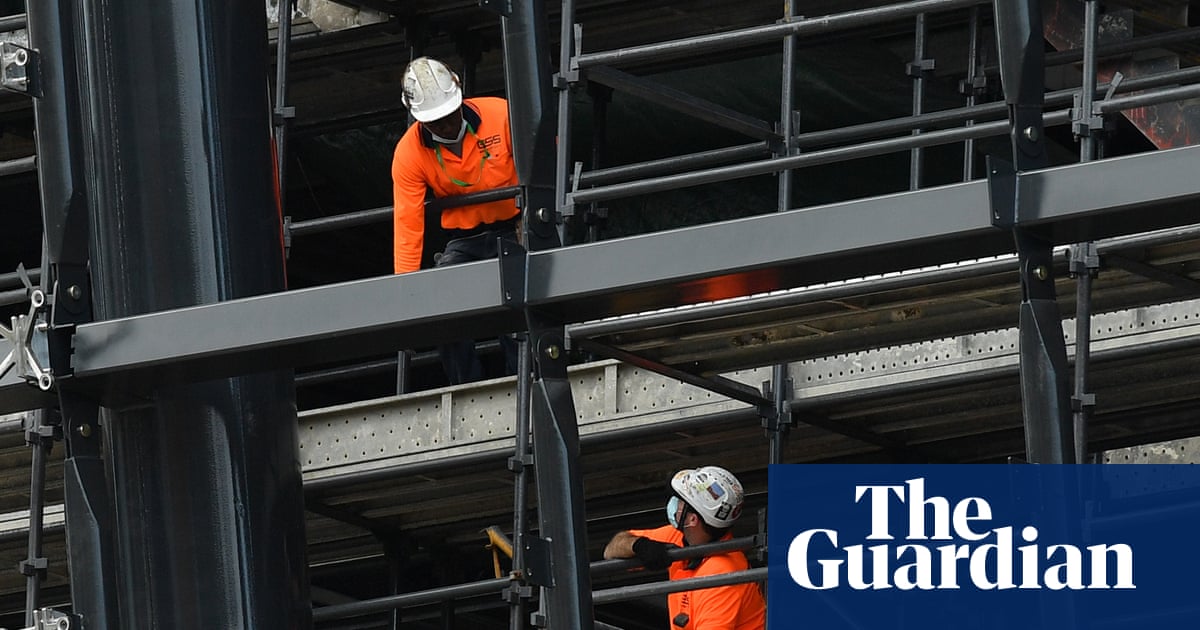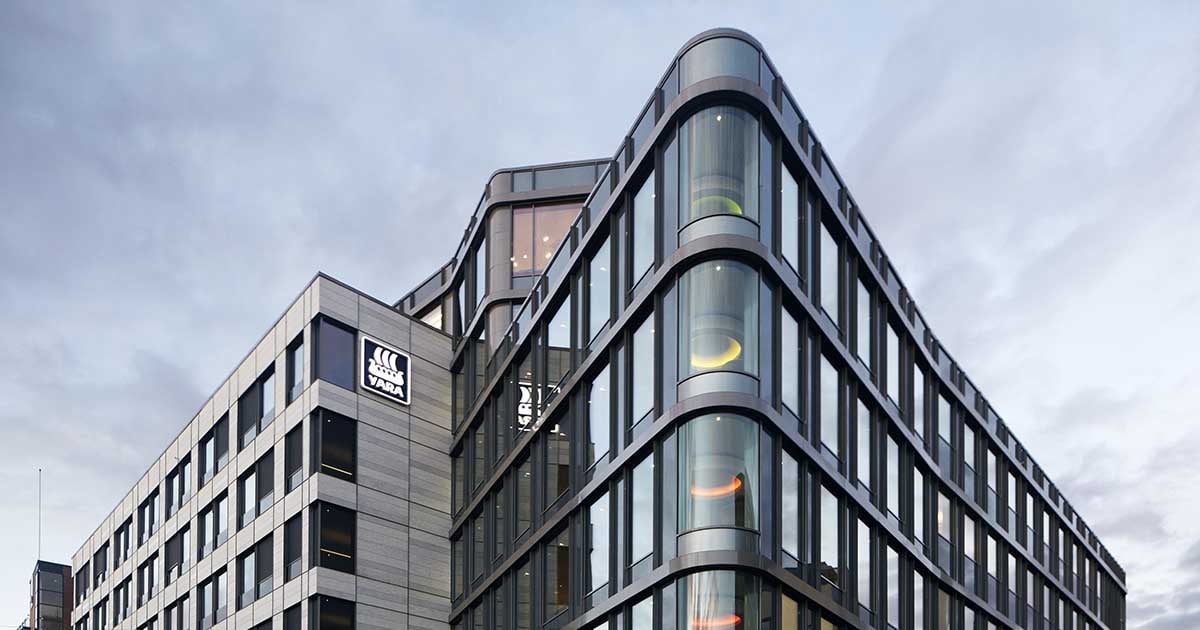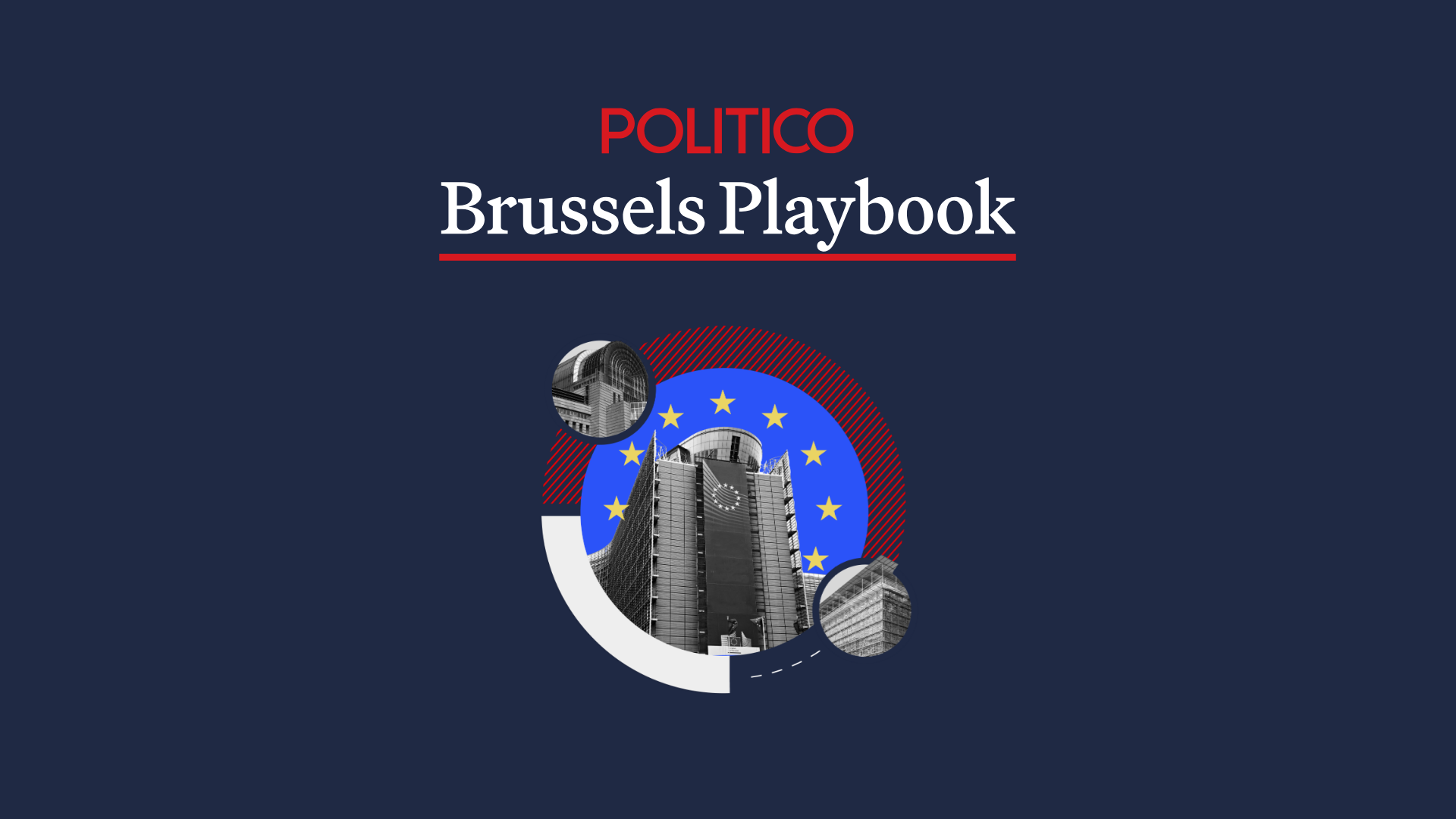As Jim Chalmers moves among the global elite during the G20 talkfest with fellow finance ministers and big-time investors in Washington this week, he will be spruiking Australia’s enviable economic performance over recent years.
A particular point of pride has been the strength of the labour market.
Not only has unemployment stayed low, the increase in the share of working-age Australians with a job has climbed by 3.1 percentage points since immediately before the pandemic.
That increase is twice the OECD average, and compares with zero growth in the US and New Zealand. In Canada and the UK, the employment rates have dropped by 0.4 and 1.1 percentage points, respectively.
That performance, however, was cast under a cloud this week, after the unemployment rate unexpectedly jumped to 4.5% – its highest level in nearly four years.
After dropping to nearly 50-year lows of 3.4% in late 2022, the Reserve Bank of Australia and Treasury had both expected this rising trend to stop at about 4.3%.
The AMP chief economist, Shane Oliver, says that the jobless rate is “in a clear rising trend”.
Sign up: AU Breaking News email
The RBA board has made it clear it is holding fire on further rate cuts until it is more confident that inflation continued to ease through the September quarter. But the latest labour data has complicated the issue.
“A further rise beyond this would arguably be violating the RBA’s full employment objective,” Oliver says.
“Of course, the rise in unemployment may just reflect the lagged impact of weak economic growth last year, but it may also reflect a messy handover from the public sector to the private sector as the key driver of jobs.”
This “messy” handover is what has experts worried.
Big increases in federal funding for the care economy – from aged care, to childcare and health more broadly – flowed through to a surge in hiring that accounted for a lion’s share of the more than 1 million jobs created since Labor took office in 2022.
In the 2023 and 2024 calendar years, around 80-90% of the rise in employment was in these so-called “non-market” segments, or heavily taxpayer-subsidised industries.
That’s not to denigrate the roles.
As Chalmers has been quick to point out, “they are real jobs”.
“They look like real jobs to me, looking after older people and people in the NDIS and early childhood education,” he said last month.
after newsletter promotion
But this dynamic is key to understanding why employment could continue to boom even as the economy virtually stagnated.
Now we have, as Oliver says, the “messy handover”, as the private sector attempts to pick up the hiring slack.
Pat Bustamante, an economist at Westpac, calculates unemployment could push towards 4.8% in early 2026 if the private sector does not grow fast enough to replace the slower growth in government spending.
Which way it goes from here remains highly uncertain, and economists now see a real chance the RBA feels the need to deliver an interest rate cut at its Melbourne Cup day meeting.
Not everyone is convinced the jobs market is about to head south, or that the central bank will rush to cut rates again.
Jonathan Kearns is chief economist at Challenger and a former senior RBA official.
Kearns reckons people and investors have overreacted to one bad employment number.
Employment climbed in September, he says, just not quite as much as expected, which, when combined with an influx of new jobseekers, pushed up the jobless measure.
That could easily reverse in October, and the RBA board is likely to remain fixed on the “critical” quarterly inflation figure on 29 October.
“Things have been too easy,” Kearns says. “Inflation came down faster than expected and unemployment didn’t rise as much as anticipated. Things looked amazingly good, and you are always going to hit some bumps in the road.”
Patrick Commins is Guardian Australia’s economics editor










